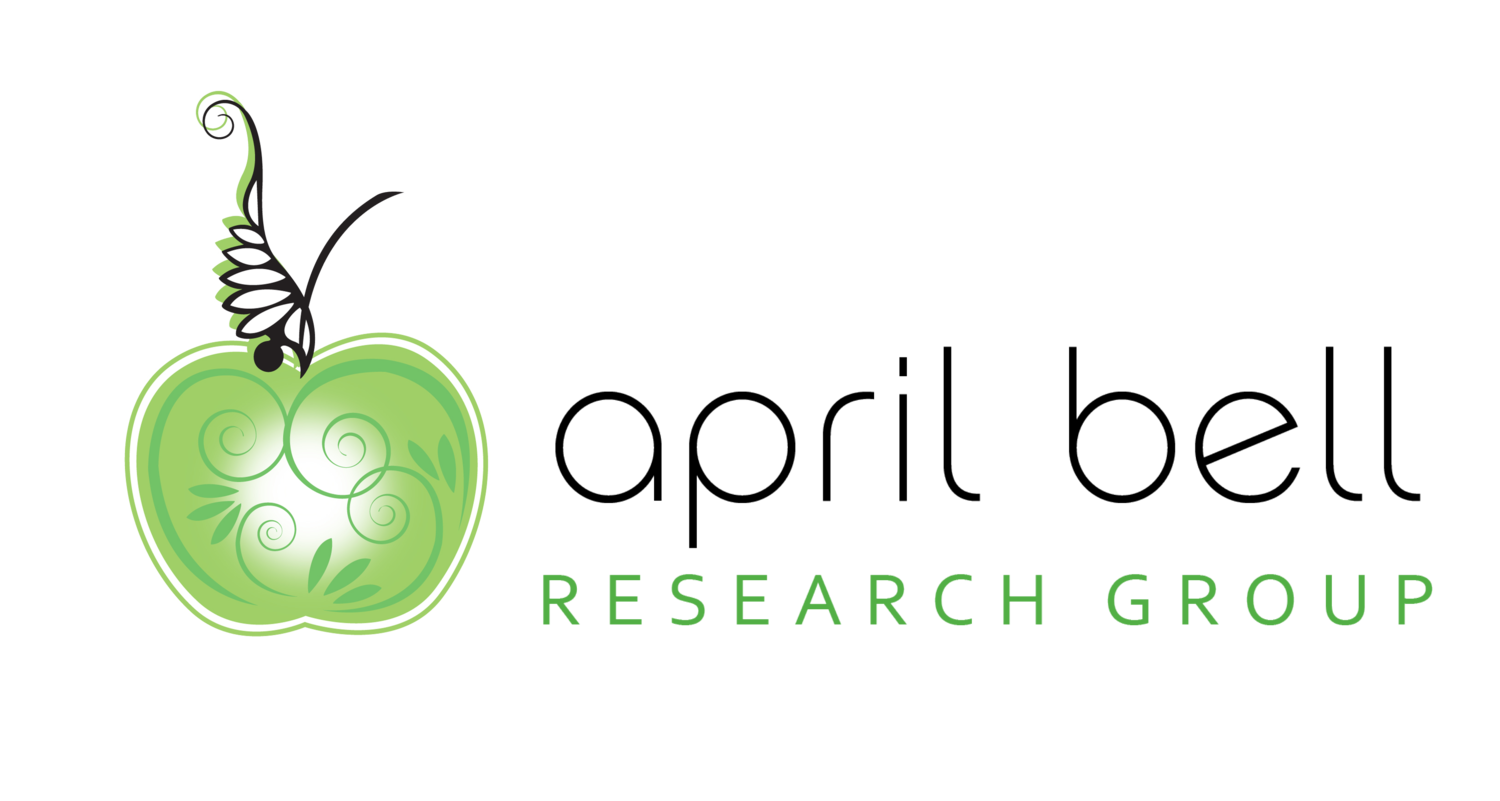I recently made the leap from the corporate side. After 15 years of helping people understand and solve problems with their data, I decided that my profession would be more enjoyable as a consultant, where I would be able to see a wider variety of challenging work. That’s certainly been the case!
Like a lot of people, I’m amazed at how the data world has grown. The amount of data and the tools available are impressive. I wish that I had some of these tools available to me when I started my journey, but then again, I wonder how much of that would have mattered. Like a photographer who gets better through the process of just shooting more pictures, a data person gets better by just analyzing data – whether it’s on a spreadsheet or a sophisticated analytical platform.
Which brings to another theme I’ve seen in my 15 years, and has recently gotten worse: people forget the power of simple data. It’s a syndrome that’s common and has blown up with the increase in data and tools. Many organizations rush to gather as much as they can and purchase tools to understand it - afraid they will not be competitive without it. What’s more likely than not, though, is that they wind up with mismatched pieces or tools that don’t play well with each other.
I’m reminded of the book Data Smart, that walks the reader through the basics of data science through follow-along exercises in Excel. By doing that, you understand the data at it’s lowest level, and get what the statistical method is doing far better than if you had used a sophisticated drag-and-drop software. Great read.
Another great read on that topic is Data Science for Business, which does an excellent job of explaining the “so what” and “why does it matter” behind different statistical methodologies. What you method you choose to follow shapes whether or not you’re going to get a result that means anything.
In thinking back on it, my whole data career has been around getting people past this, creating things that are simple and actionable and move them forward quickly. It’s not just a technical exercise. Like qualitative marketing research, the approach that’s used makes all the difference. “Garbage in, garbage out” is often what got people to that place to start with, so empathizing and getting to the right question is a necessary first step.
Take customer experience for example. There are a lot of great tools out there, from Qualtrics to Medallia, and more and more companies have staff dedicated to CX. However, what most of them can’t answer is “what effect will this campaign have’, or “what is the value of converting a passive to a promoter’? They are not getting at the “so what” behind the data, because they are relying on the system-fed metrics that their platform provides.
Getting past that involves the right mix of business and technical know-how. One without the other produces limited results.
Would you like to know more about what ABRG can do to help? Read this paper on our capabilities and case studies.





